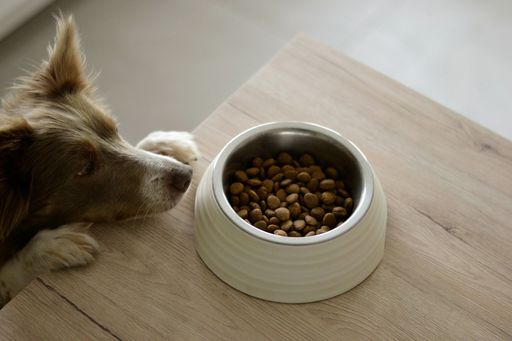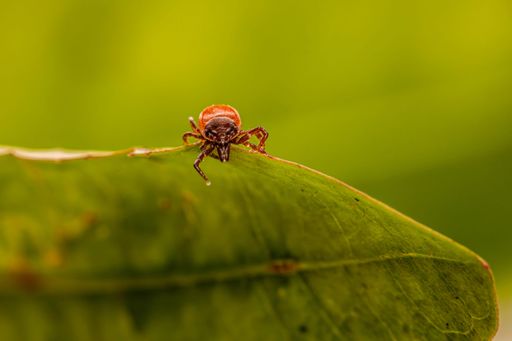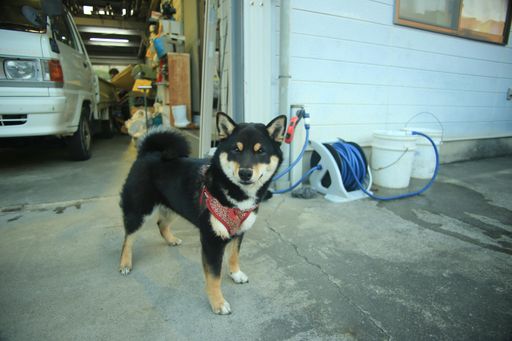Physical activity is crucial for dogs’ health and happiness, but for the unlucky few that lose a limb to injury, staying as active as they did in the past is undoubtedly a challenge. As stated by the International Veterinary Academy of Pain Management, amputations cannot be approached from the point of view that they are no big deal because “The animal still has three legs.” Rather, personalized prosthetics and rehabilitation ensure your pet regains as much mobility as possible, and stays pain-free so that he can enjoy walking and running in his favorite neck of the woods or park.
New Developments in 3D Printing for Dogs
3D printed prosthetics have been around a long time in the human world, but printed prosthetics for dogs is a relatively new phenomenon. Engineers have come up with functional and creative 3D-printed solutions to problems such as enlarged paws, weak, and amputated paws over the past decade. These fit each animal properly, thus avoiding damage to the growth or motoric system of the pet. In the past, animals were sometimes put down if mobility was minimal. Today, 3D printing enables scientists to lengthen the lifespan of many types of pets (not just dogs), offering personalised, ergonomic solutions for a wide array of issues.
How does 3D Printing Work for Animal Prosthetics?
To create an individual prosthetic for a dog, Fido needs to be sedated so that a 3D scan can be taken. A model is then made and the prosthetic limb printed. Despite being customized for each individual canine patient, 3D prosthetics are relatively low-cost. To give you an example of the difference in price, a traditional prosthetic limb can cost around $1,000 just for the materials; with 3D scanning and printing, reports Fast Company, the cost can be brought down to just $4. This is because many of the stages (including making a cast, filing it, heating plastic etc.) are removed from the process. The scan is sent digitally to a printer, who can immediately produce it.
Light and Easy
Because of the low cost, prosthetics can be replaced easily as required by your dog. For instance, if amputation occurred when Fido was a pup, he may need a different size and shape of prosthetic as time goes by. Prosthetic limbs are also wonderfully light. This is great news, particularly for small breed dogs, though even larger ones can benefit from the ease and comfort that lightweight materials bring.
Fido Isn’t Alone
There are many amazing instances of how 3D printed parts have been created to save animals (or simply boost their quality of life) across the globe. From 3D legs for dogs to light wheelchairs, titanium jaws for a turtle with a broken jaw to an artificial beak for a young toucan in Costa Rica, the sky’s the limit when it comes to new solutions. 3D printing has produced a foot for a cat, legs for a cat, and artificial shells for sea creatures.
It’s an exciting time for pet owners wishing to give an injured animal the best and happiest life possible, despite the loss of a limb. 3D printing provides customizable, cheap solutions that veterinarians across the world are already embracing. If you have a menagerie of pets, rest assured. There are solutions for them too - in all shapes, sizes, and even colors!



















